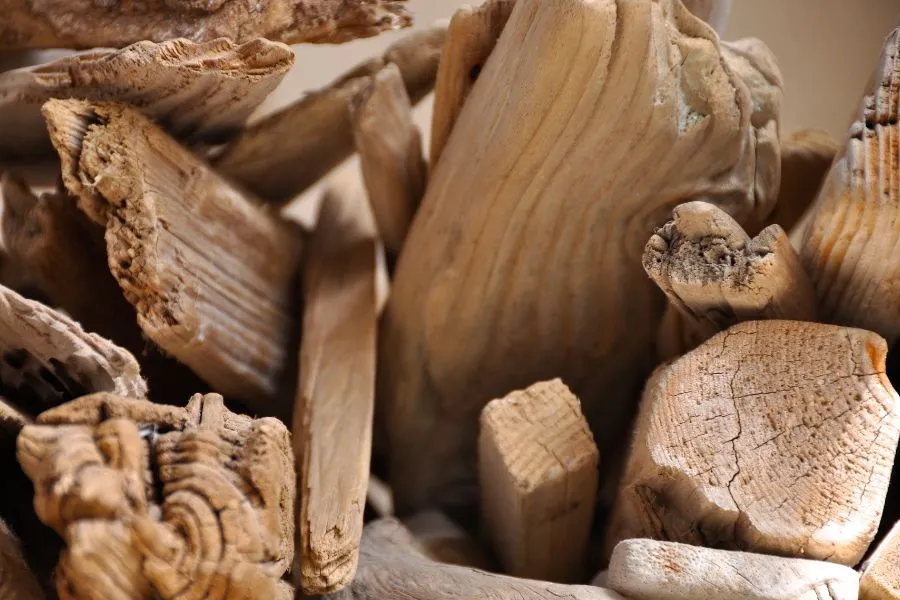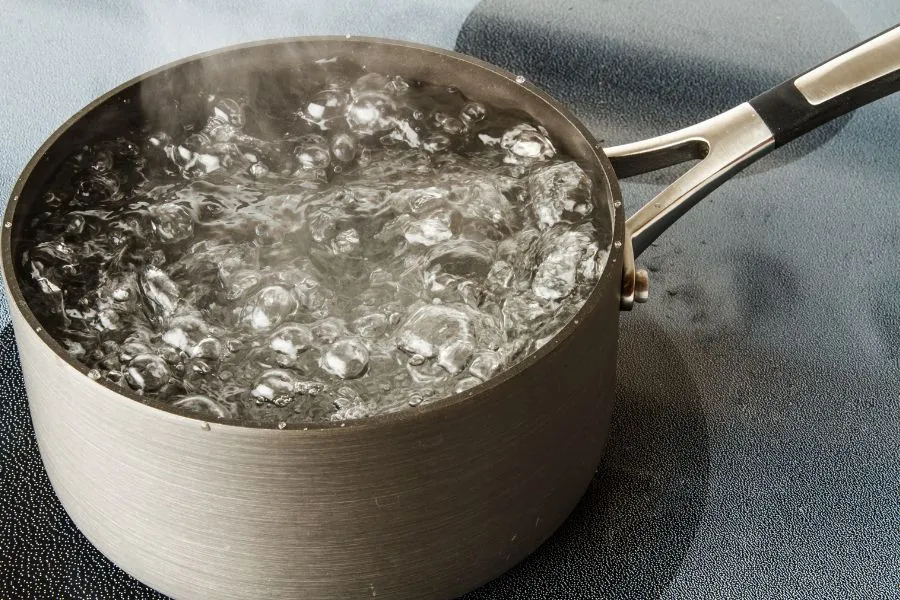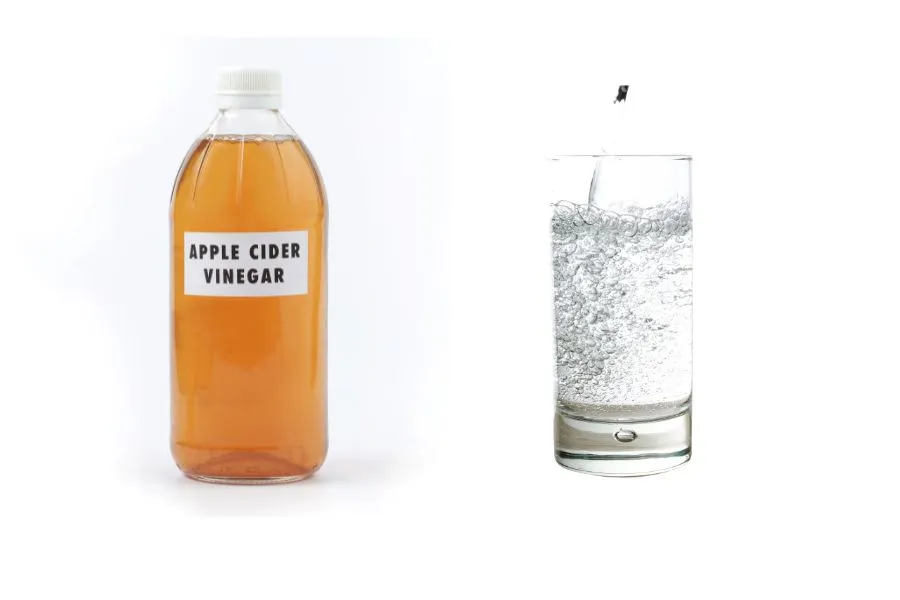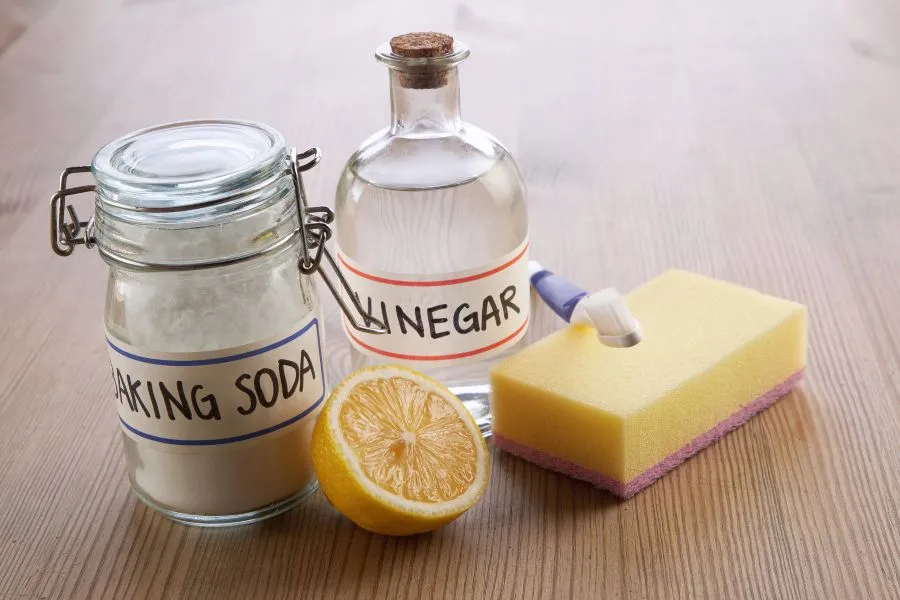Cleaning driftwood that you just picked from the beach is a tedious process. It can contain sand, dirt, and have uneven surfaces. The first time I decided to clean the driftwood, it took me several weeks to get it right.
After years of using driftwood for various purposes, it has become a lot easier. The rule of thumb is to know the kind of quality expected from fish tanks to snake tanks, terrariums, indoor use, and art purposes. You need to choose the material and process it accordingly.
Before we begin with the process, grab hold of driftwood so you can instantly apply the steps to it.

How to clean driftwood?
The best way to clean driftwood is to boil it until all tannins are released. Alternatively, you can also clean the driftwood by scrubbing, sanding, and soaking it in water along with 1/9th part of bleach or baking soda.
Perhaps, there are different ways to clean driftwood but let us always stick to best practices followed by industry experts. According to Prime Time Aquatics, compromising on the cleaning process of driftwood ruins its usability and makes it more harmful than ever.
Method 1 – Clean driftwood by boiling method
Whether or not you know the background of driftwood, it is always a safer option to boil the driftwood. Here are the steps you should follow.
- Take a large pot and fill it with water to its brim.
- Boil water and then add driftwood to the pot.
- Boil for as long as 2 hours and then change the water. Repeat this process until all tannins are released.
- Take out driftwood from water and then dry it under the sun for a day or two.
This is a basic boiling method where you do not add additional ingredients like bleach, vinegar, and baking soda. The advantage of this method is that you can also decide the purpose of the driftwood at a later stage. But, it also comes with a disadvantage.
If you plan to use it for an aquarium, you have to disinfect it again with bleach, so it sheds excess tannins and remains debris-free.

Note. If you use a small pot, as shown by Indra Jaya, you may have to spend additional time inverting the driftwood and letting it boil evenly. Otherwise, the tannin will retain in the wood.
Method 2 – Clean driftwood by scrub, sand, and soak method
Cleaning your driftwood by boiling can take a long time and incur additional costs.
Here is a cost-effective approach to cleaning the wood.
- Use a scrubber to scrub debris from the driftwood gently. Remember not to scrub hard as it can damage the size and shape of the driftwood.
- Use a sanding sheet to remove debris further and give it a precise shape.
- In a large pot of distilled water, soak the driftwood and let it remain for two weeks. You can also replace distilled water with baking soda or bleach if you need to disinfect it further.
- Take out the driftwood and leave it to dry under the sun for a couple of days.
Bleach is the ideal way to disinfect and clean driftwood to its entirety.
You will see a significant discoloration in the driftwood. In a video by Smitty Does Things, you can see how the outcome of driftwood is discolored and well-shaped compared to its initial stage.
Cleaning driftwood can take weeks, depending on the purpose. But, it is worth it. The time you spend on this process increases the value of the wood.
As a regular user of driftwood, I found it more straightforward as I repeated the process in batches. When you use it for making a piece of jewelry, you need to let it dry as long as possible. In the case of a macrame, you can also limit to soaking.
How to clean driftwood without bleach?
You can clean driftwood with vinegar or soda water. Add soda water to the large pot containing water, and then add driftwood. Alternatively, you can add one cup of vinegar to a gallon of water and allow driftwood to soak in it for a day. This removes tannins and disinfects the driftwood.
When you skip bleach in the process of cleaning driftwood, you should note that it takes time and is not the best way to disinfect it. When you add bleach to water, it disinfects the wood so you can dry it and use it. It will help if you repeat it at least once to disinfect properly with other methods.

How to clean driftwood with baking soda?
Cleaning driftwood with baking soda is an excellent method if you are using it for woodworking. In a bucked filled with white vinegar, soak the driftwood. Take a sponge containing minor quantities of baking soda, rinse it with water, and then use it on furniture.
It gives a fresh look and kills harsh chemicals or debris attached to the driftwood. Using baking soda to cure driftwood is a good idea. Remember that you should use only one lb. box for baking soda for 10 gallons of water.
How to clean driftwood with vinegar?
Place the driftwood in a vinegar solution for a couple of hours. Take it out, and then let it boil. Cleaning driftwood with vinegar eliminates microbes and kills germs.
As vinegar is a natural bleaching agent, letting driftwood soak in a tub of water with 1/9th portion of vinegar can do wonders.

Conclusion
There are different methods to clean driftwood and make it usable. You need to choose the ideal one based on purpose, volume, and time available. During conventional times, experts have always been limited to boiling. Over a period, the approaches have changed.
Using bleach is identified as the cost-effective and fastest method to clean the driftwood. As I mentioned in this article, you can also use baking soda, white vinegar, or distilled water. The only line of caution is the quantity of each of these ingredients varies based on the amount of driftwood and water taken in the tub.
If you are new to the process of cleaning driftwood, stick to 1 portion of the ingredient (bleach, baking soda) to 9 parts of water. You can repeat the process if you still find tannins in driftwood. As you practice, you can get your proportions right.
So, what are you waiting for? Get hold of your driftwood and start cleaning!

